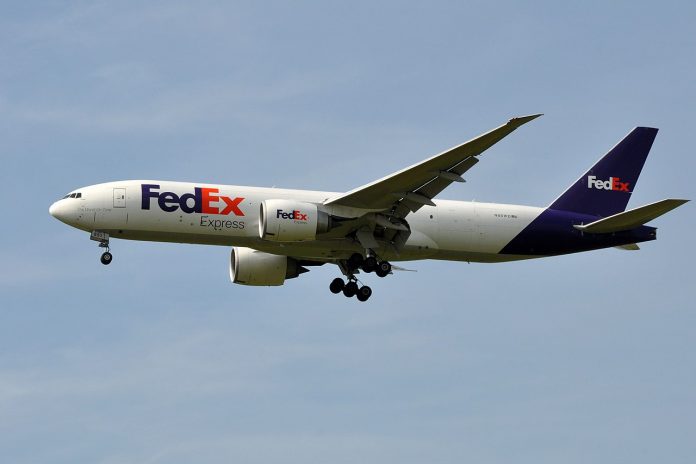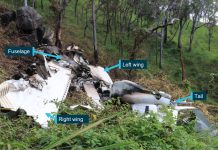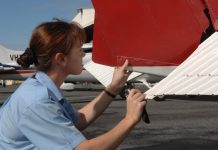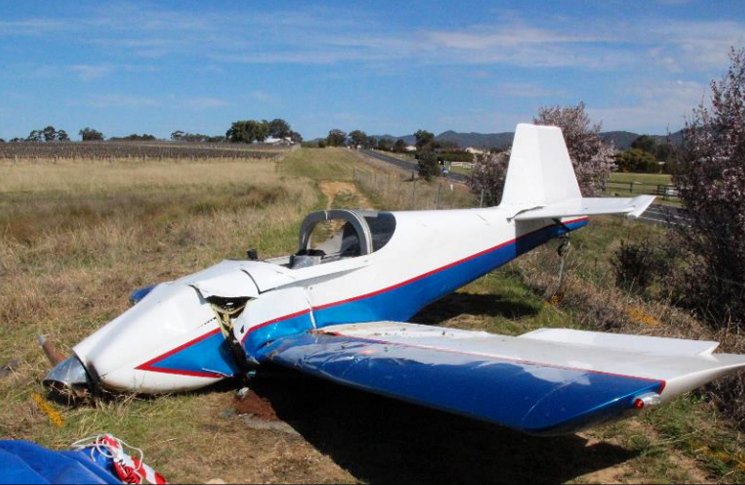
Boeing and the Japan Aerospace Exploration Agency (JAXA) will next year test laser technology which could give airline pilots up to a minute’s warning of otherwise undetectable clear air turbulence or windshear.
According to a media release from Boeing, the laser technology, known as light detection and ranging (LIDAR), is designed to measure winds up to 17.5 kilometres ahead.
Boeing and JAXA have been collaborating on the integration of LIDAR technology into a commercial aircraft since 2010.
Boeing says that over six weeks next year, it will work with FedEx Express to flight-test more than 30 technologies including LIDAR aboard a new 777 freighter.
LIDAR works by emitting pulses of laser light, which scatter off dust and other particulates. By measuring the light reflected back, the system can measure windspeed at various distances along the direction of the laser.
The technology has the potential to substantially reduce injuries to crew and passengers by giving pilots enough time to either avoid the turbulence or warn passengers and cabin crew to fasten their seatbelts.
Clear air turbulence can be caused by thermals, jet streams, mountain waves, wake turbulence or microbursts, and is the main cause of in-flight injuries to passengers and crew. For example, six cabin crew and 24 passengers—most not in seatbelts—were injured on a flight from Cairns to Tokyo when, at meal service time, the aircraft encountered severe undetected turbulence. Trolleys, cabin crew and passengers hit the ceiling, resulting in injuries including bone fractures, a dislocated shoulder and broken teeth.
In 2015, the Australian Transport Safety Bureau received 438 reports of weather-related incidents in air transport operations, of which 85 per cent involved windshear or turbulence—a fivefold increase from six years earlier.
The bureau remarked, ‘the increase in windshear or turbulence events has significantly outpaced the increase in air transport activity over the decade’.
And it’s likely to get worse. A paper published in May this year by Paul Williams, from the Department of Meteorology at the University of Reading in the UK, said that climate change would increase the number of instabilities which generated clear air turbulence. The paper concluded that ‘the incidence of Transatlantic wintertime clear-air turbulence will increase significantly in all aviation-relevant strength categories as the climate changes.’





A friend who flys for RFDS out of Cairns at about 4am hit the most huge amount of tubulance ever. He did a go around. Last week he was at burketown flying gliders on the morning glory clouds and now he realises what he hit. When 2 big roll clouds smash together there is a huge explosion at the collision area. These days the MGs are almost 100%predictable (90%plus humidity at 5sm and see them on BOM Japanese satellite image) and I the interest of safety I think it is time to add the warning in the forcasts esp September October